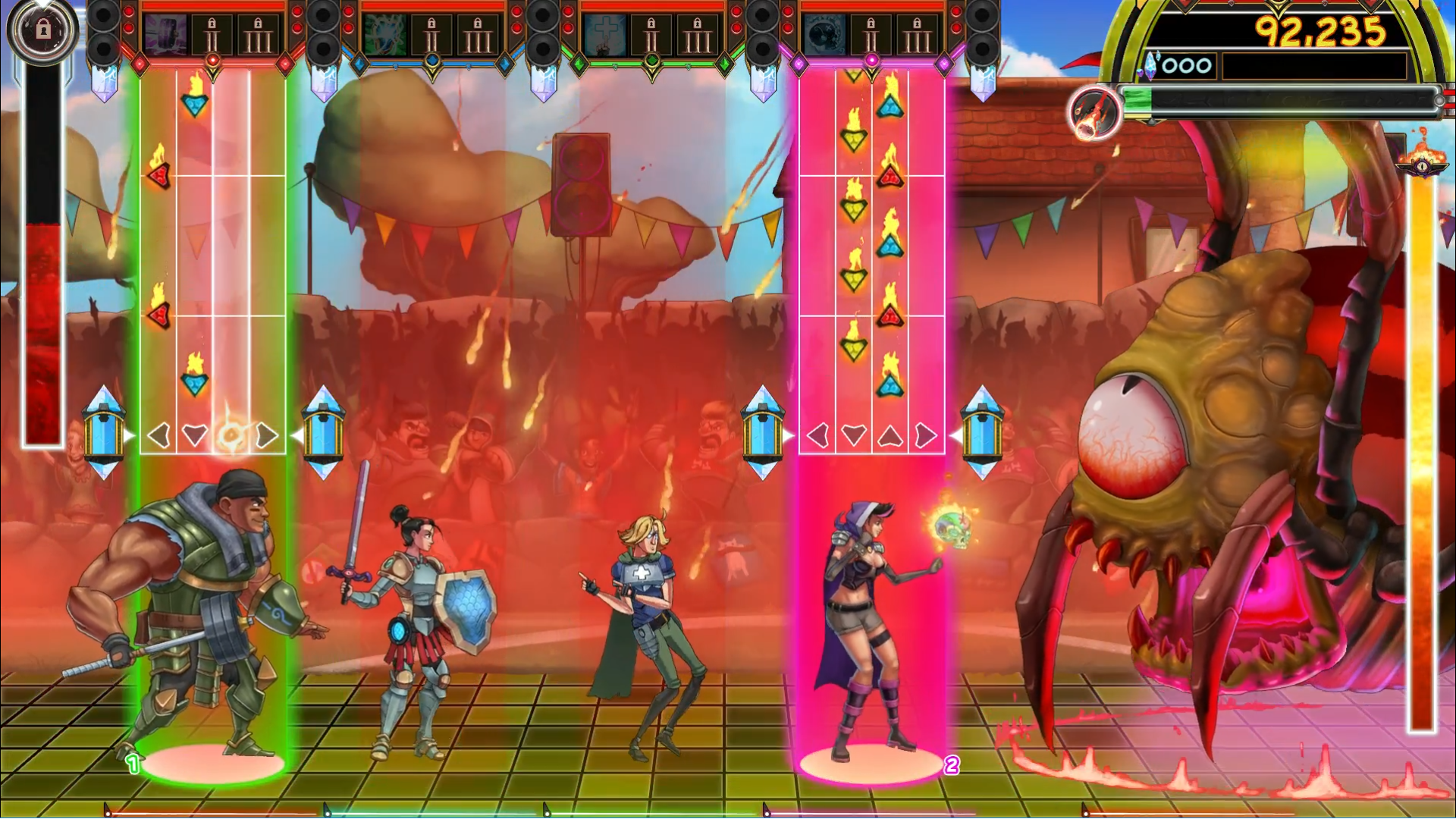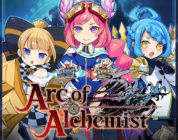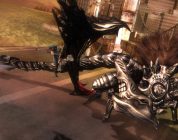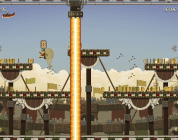Last year, I wrote about an oddly satisfying hybrid of a game that I never thought imaginable: a rhythm rpg, or a RRPG if you will. The Metronomicon is now getting a console version with The Metronomicon: Slay the Dance Floor. While it is just a port to the consoles, Puuba made sure to add a couple of perks to the mix to make it worthwhile. The important question: How does it stack up?
When I initially reviewed The Metronomicon, it was on the PC. While I have a decent gaming laptop, it is not perfect. With this said, there were sync issues that had to be figured out as well as some lagging in portions just because of the amount of stuff going on on the screen. Sync and lag issues in a rhythm game are extremely detrimental. I am happy to write today that these problems that I had are no more! Running on the Xbox One, the game is calibrated perfected, and runs silky smooth.
The game is at its weakest when it comes to the story. While most RPGs are dependent on such, it really does not matter in this context. It is simply a device to progress from one area of music to another. “Great we defeated the boss at the mansion, oh we found a guy, he said the next party will be here, let’s go.” and then they went. It does add quirkiness and slight depth to each character, but ultimately it does not matter in the grand scheme of the game. Honestly, this isn’t even that big of a bummer, because the main meat is in the game play.
For those of you that do not know what the mechanics are to this game are: You pick a squad of four heroes, each with their own classes, skills, and traits. Each hero has three “abilities” and a passive ability, as well as two armor slots. These abilities will be activated depending on how many sections of a song are played perfectly. The passive ability will activate as notes are hit in succession. The armor will add additional traits, affect spells, or increase the characters’ stats. During game play, your goal is to hit enough notes in succession to activate an ability to hurt the enemy. The player will bounce between each player to chain together attacks and skills to defeat enough enemies to reach the miniboss. The goal is to survive to the end of the song, as well as defeating the mini-boss. Simple enough.
Each section of the world will have multiple songs that range in difficulty to an extent (of course the harder songs will be on the last world, but there are songs that will challenge you throughout.) What makes the game so fascinating and fun is that even if you are able to hit every note, if you are not chaining and using abilities properly, you could still lose. It makes you think of tactics while playing the music. For some, this is not their cup of tea, but dear Lord this is my jam. PUN FULLY INTENDED.
While it does take some getting used to, if you figure out the mechanics fully, this is one of the most brain stimulating games I’ve ever played. It is a multitaskers’ wet dream. While focusing on the track, you must pay attention to your health, the enemy’s health, the enemy’s attribute, any effects that have been cast on you or by you, and of course actually bouncing between characters to properly attack. It sounds like a lot, but after playing it for a while, it is just second nature. I would compare it to driving. While driving, you check your rearview, both corners, speed, then back to driving. It is the exact some thought process. I really enjoy the complexity, but I do acknowledge that it may not be everyone’s cup of tea.
The soundtrack is incredible, as before. There are multiple songs that will absolutely get stuck in your head. However, with the highs you must take the lows. There are some songs that will more than likely get played only once. This makes farming difficult to a point, since you get experience to level your characters as well as drops of equipment during each song. If there is an item you want on a song you don’t like, you either go without it, or suck it up and farm the song you don’t like. BUT if there is a song you play frequently, the chances of you getting the best items from it are higher. It is a double edged sword, really.
The new aspects of this version of the title include an endless mode (think endless setlist from Rock Band.) which is playable after you beat the game. As you play, the songs will get more and more difficult, allowing you to recollect yourself after a few songs. It is a nice little metagame feature that was added. The biggest addition is unfortunately one that I was unable to check out myself: multiplayer. While I didn’t personally have an opportunity to try out co-op quite yet, I have been doing my research online and watching streamers work on it. It allows you and a buddy to tag team and focus on your own specific characters instead of focusing on all four. While it doesn’t really affect any major gameplay, it does give the game that much more longevity than when it was released, since it is now a “party game.”
I generally think ports, especially a year later, are tacky. I think they are unnecessary cash grabs that are meant to claw away at the pockets of another group of people for the same game. With this one, however, I can say I feel why the jump was made. Not only does it feel better, personally, but with the new features added I can say that The Metronomicon: Slay the Dance Floor has a bright, rave-colored future ahead of it. If you like rhythm games but don’t want clunky instruments or pads, this is the game for you.






